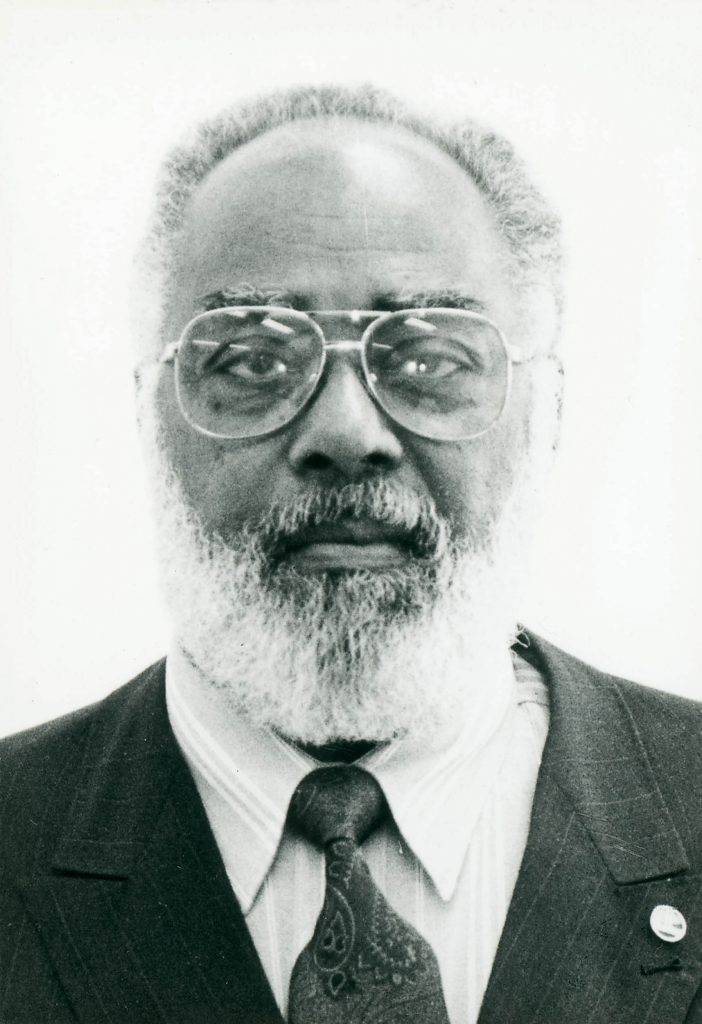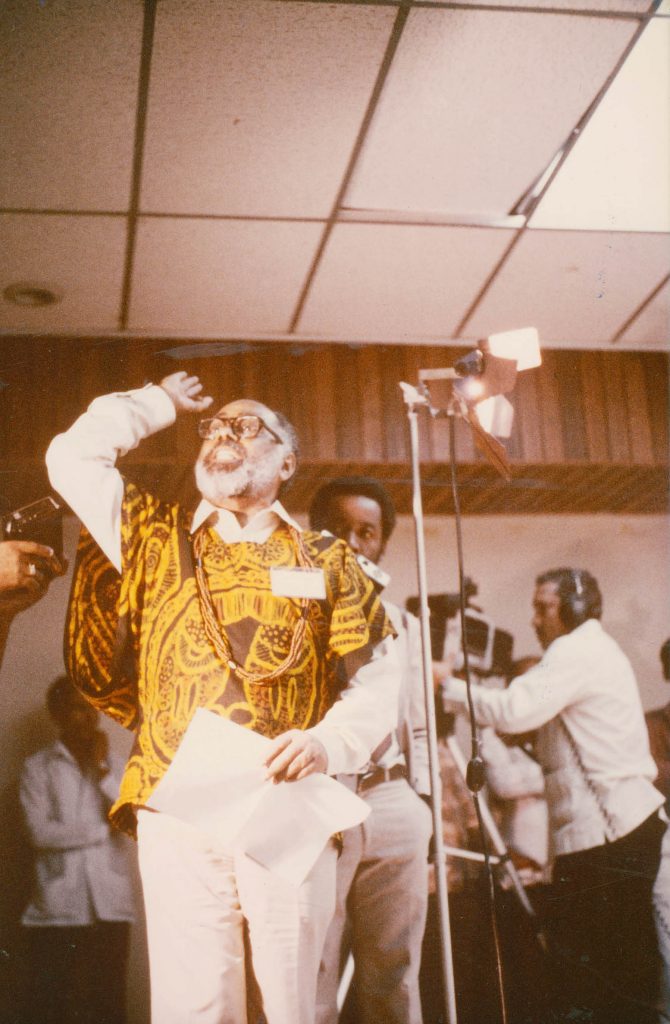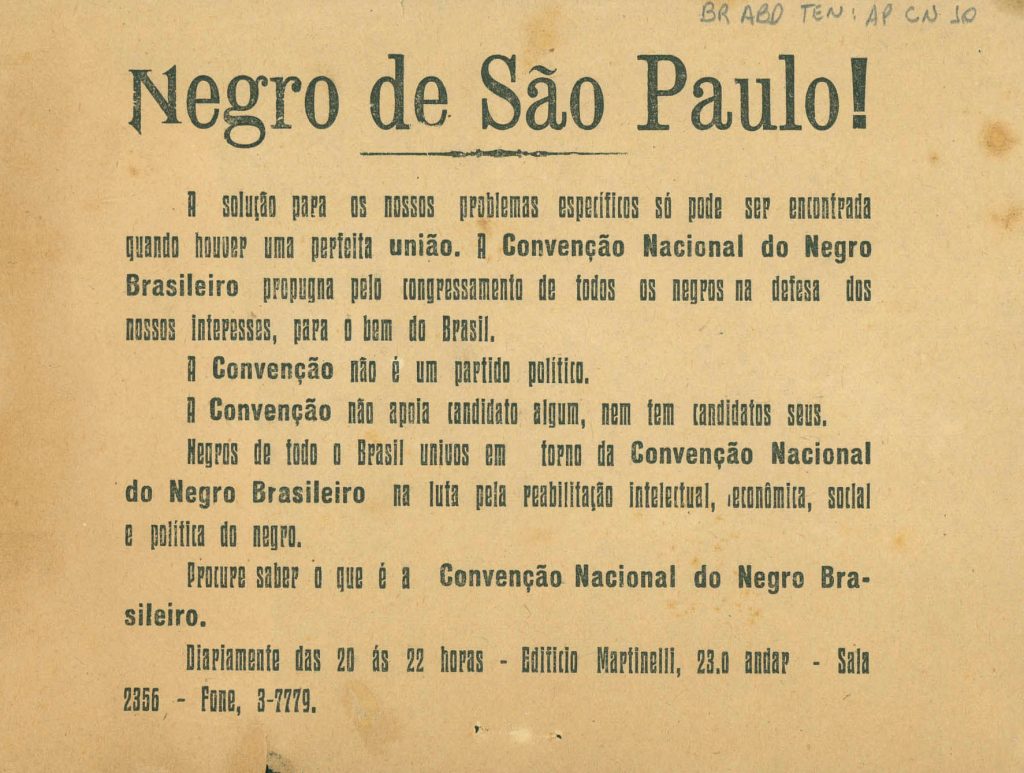
Cartography
Created by Maurinete Lima and Eugênio Lima for the print publication of Ocupação, the cartography on the thought of Abdias Nascimento is expanded here on the website by splitting into two new subjects: black feminism and genocide of the black people in Brazil*.
As the authors highlight in the explanatory introduction regarding this material, “this cartography on the thought of Abdias needs to be understood from the perspective of deterritorialization, in which the multiplicity of historical periods converges into the author’s thought and thus creates other possibilities of access to the branches of knowledge influenced by concepts and movements that had constructed a narrative of the Brazilian black people.
Like all cartographic vision, it is not intended to be a single, linear path to the material: it lies in the immensity of the black diaspora with its flows, counterflows, its drift and, above all, its encounters.”
*You can read documents in a PDF file by clicking the links above or also directly at ISSUU below. Available in Portuguese only.

